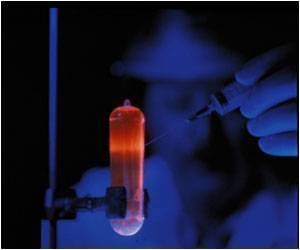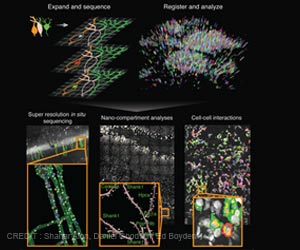Cellular and spatial map of the choroid plexus in brain across the lifespan by identifying its constituent cell types and their molecular composition for developing neurologic drugs.

"To fully understand the choroid plexus and its functions, we needed to identify its constituent cell types and their molecular composition," says Dani, who was co-first author on the paper with Rebecca Herbst, a PhD student at the Broad Institute. "Such insights had been missing in the community".
special micro-dissection approaches were used to extract the choroid plexus tissue from embryonic, adult, and aged mice to perform RNA sequencing of more than 98,000 cells and cell nuclei to compare their gene expression profiles (what genes were turned on or off) to classify different cell types and subtypes in choroid plexus from each ventricle, across different ages.
Gene expression varied especially among epithelial and fibroblast cells in the developing brain revealing the complex "architecture" of choroid plexus tissue specific to each ventricle differences in the cells' secretions and molecular makeup.
The team also discover immune cell activity with more inflammatory signals picked up in samples from aged brains and the arrangement of arteries, veins, and capillaries in the choroid plexus in relation to adjacent brain regions with blood-brain barrier proteins in some vessels.
with all these findings choroid plexus can be used as therapeutic window for Gene therapy; to study neurodevelopmental conditions such as autism and providing a target for treating hydrocephalus as protein in the choroid plexus helps reduce excess fluid levels in the brain.
Advertisement
Source-Medindia













